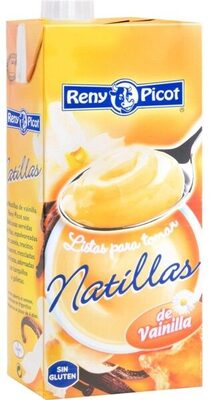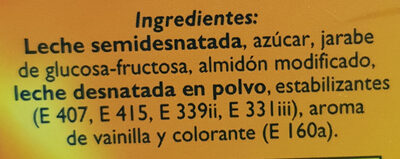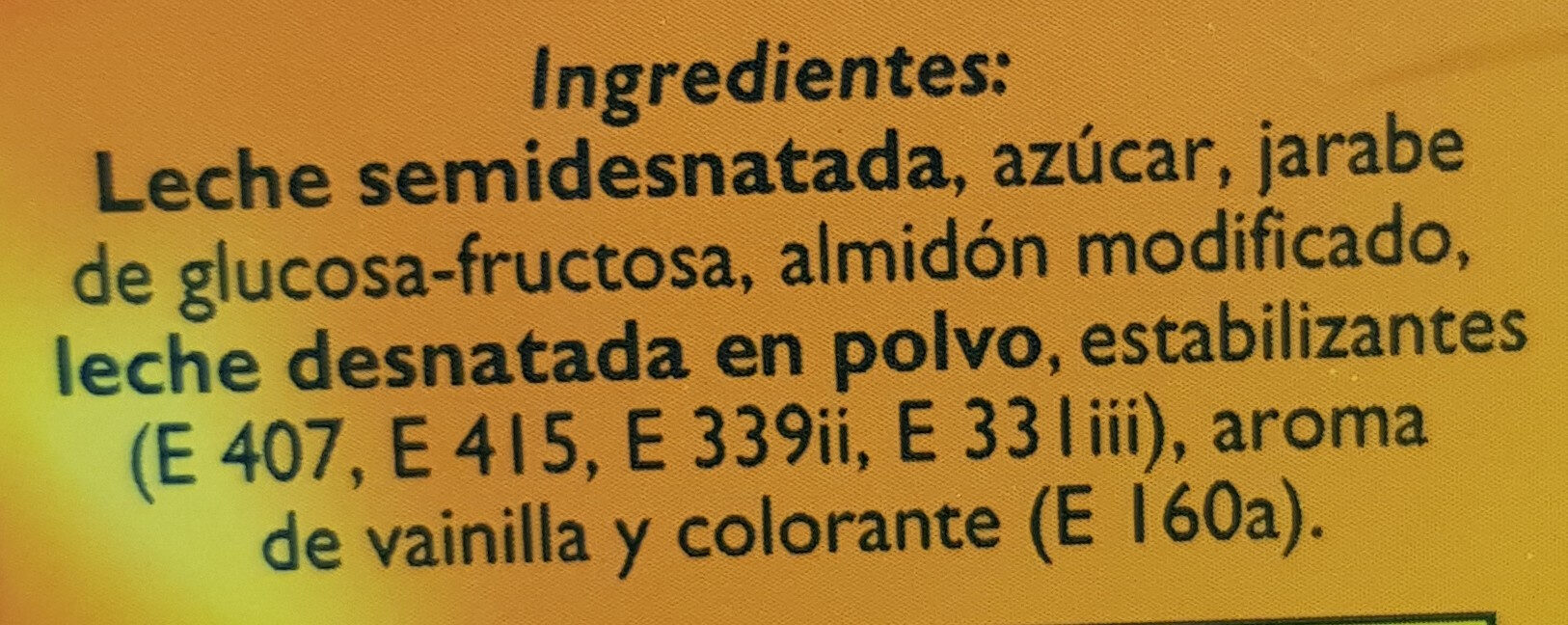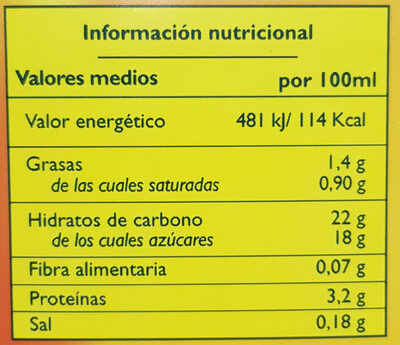Natillas de vainilla sin gluten - Reny Picot
Aquesta pàgina del producte no està completa. Podeu ajudar a completar-la editant-la i afegint-hi més dades a partir de les fotos ja disponibles, o fent-ne més amb l'aplicació de androide o iPhone / iPad. Gràcies!
×
Codi de barres: 8410379940005 (EAN / EAN-13)
Empaquetament: fr:MIXTO Cartón
Marques: Reny Picot
Categories: Productes làctics, Postres, Postres làctics, Postres cremoses
Etiquetes, certificacions, premis:
Lliure de gluten, FSC, Mix FSC, es:Recicla-amarillo

Llocs de fabricació o processament: Anleo Navia Asturias
Codi de traçabilitat: ES 15.00349/O CE, FSC-C020428
Botigues: Alimerka
Matching with your preferences
Entorn
Empaquetament
Transport
Report a problem
Fonts de dades
Producte afegit per date-limite-app
Última modificació de la pàgina del producte per packbot.
La pàgina del producte, també editada per alexrios, kiliweb, openfoodfacts-contributors, roboto-app, teolemon, thaialagata, triumvi, yuka.R0pFS05JNENxNkFMaFBBUi96M1grZlVyMXM2dmZscUpLYlVoSVE9PQ, yuka.WjVnOVFZb2puUEkyc2NjVHBqZm82c2tvd29XZ1pWam9CdFFTSVE9PQ.










